According to the plan, the whole Lao Cai province planted 14,960 hectares of winter crops, including 7,362 hectares of corn, 6,201 hectares of vegetables, 1,245 hectares of sweet potatoes, 78 hectares of potatoes and 74 hectares of flowers, striving to achieve an average production value of 80 million VND/hectare. However, due to the impact of prolonged rain, many localities have had slow harvests of winter rice, and flooded fields have made land preparation and planting difficult.
Faced with that situation, the provincial agricultural sector has proactively developed a production scenario to cope with adverse weather conditions, and directed the appropriate arrangement of crop seasons for each crop group. Specifically, the group of warm-loving crops was completed by October 10; the group of cold-loving crops was sown early in the highlands before October 10 and in the lowlands from October 10 to November 15. Corn and vegetables are recommended to be sown from mid-September to September 20, while potatoes and sweet potatoes are planted early to avoid cold and prolonged rain. The area of beans and flowers is expanded, with priority given to high-quality varieties that meet the market demand in and outside the province.

The variety structure is also carefully selected, encouraging short-term, cold-resistant, pest-resistant and high-yielding varieties such as: waxy corn, sweet corn, Marabel, Diamant, Atlantic, VT2 potato varieties, and flower varieties: lily, carnation, gerbera, lily... The agricultural sector strengthens propaganda, guides farmers to apply technical advances, expand production area in a safe, organic direction, use greenhouses, water-saving irrigation systems, mechanize land preparation and harvesting to reduce costs and improve efficiency.
In areas severely affected by natural disasters, the government and people are making efforts to restore production. Ms. Pham Thi Hien, Phu Thon village, Xuan Ai commune shared: "My family is making beds and restoring the land to replant corn. If we start planting now, we will be able to harvest in January." Along with the efforts of the people, the local government is also focusing on support.

Mr. Hoang The Huu - Vice Chairman of the Vietnam Fatherland Front Committee of Xuan Ai commune said: "The commune government has called on philanthropists and businesses inside and outside the area to support seedlings and livestock to help people overcome the damage caused by storms and floods, and catch up with the winter crop in time."
Production organization is carried out in a centralized manner, forming a production-consumption chain to increase the value of goods. Localities have urgently cleared land, urged quick harvest of winter rice, cleaned fields, cut straw, removed tree stumps, creating the best conditions for winter crops to grow.
Along with that, the application of advanced technical processes such as IPM, ICM, GAP, towards organic production helps increase resistance to pests and diseases, ensure food safety and sustainable development. Cooperatives and enterprises are encouraged to participate deeply in the chain, from supplying materials and plant varieties to consuming products. In many localities such as Bao Thang, Bao Yen, Bat Xat, Luc Yen..., concentrated production models and consumption linkages have been and are promoting efficiency, creating jobs and increasing income for farmers.

In Luc Yen commune, the locality strives to plant 427 hectares of winter crops, including 115 hectares of corn, 153 hectares of sweet potatoes and 159 hectares of vegetables and beans. Despite difficulties due to heavy rain, the commune has proactively dredged canals, improved the soil, and mobilized agricultural extension workers to "hold hands and guide" the techniques for the people. To date, farmers have planted 229 hectares, reaching nearly 54% of the plan. In Van Chan commune, the plan to plant 260 hectares of winter crops, including 120 hectares of corn, 90 hectares of sweet potatoes and 50 hectares of vegetables, is also being vigorously implemented.
Among the fields still marked with mud after the flood, Lao Cai farmers are still diligently plowing, sowing seeds, and nurturing hope. Not only restoring production, people also approach new, environmentally friendly, cost-saving, and efficient farming methods. The 2025 winter crop is not only a production season, but also a test of Lao Cai's agricultural adaptability to climate change. In that picture, there is the sweat of farmers, the direction of the government, and the vision of sustainable development of the agricultural sector.
Presented by: Thuy Thanh
Source: https://baolaocai.vn/giu-vung-gia-tri-san-xuat-nong-nghiep-post886232.html







![[Photo] Da Nang: Hundreds of people join hands to clean up a vital tourist route after storm No. 13](https://vphoto.vietnam.vn/thumb/1200x675/vietnam/resource/IMAGE/2025/11/07/1762491638903_image-3-1353-jpg.webp)
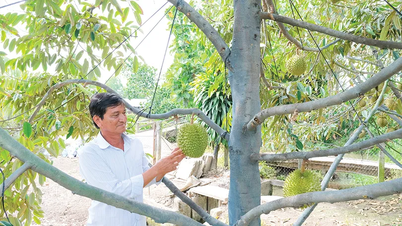

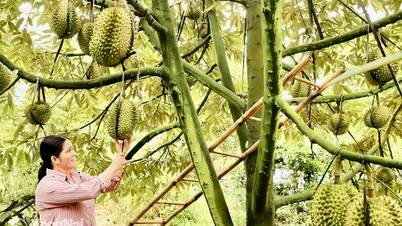


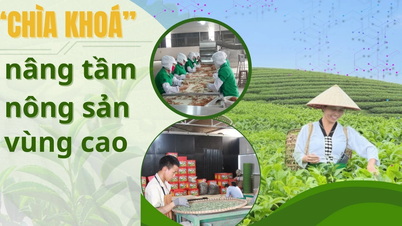






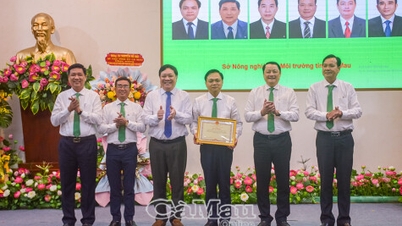










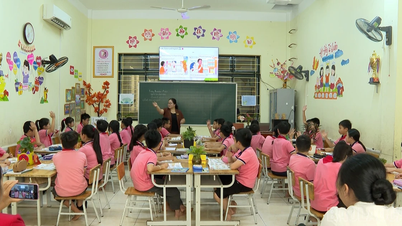


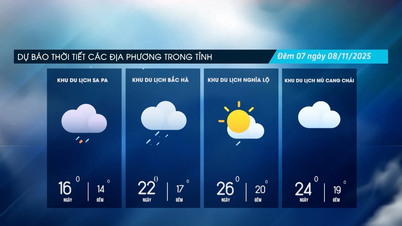






































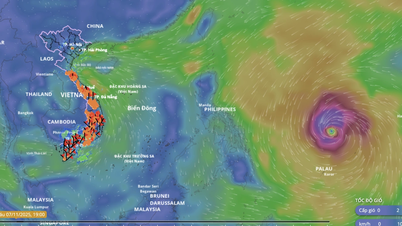












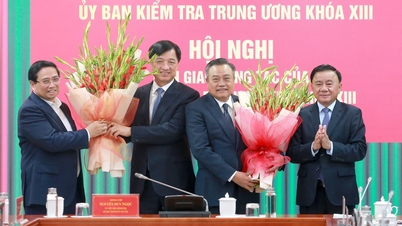
























Comment (0)